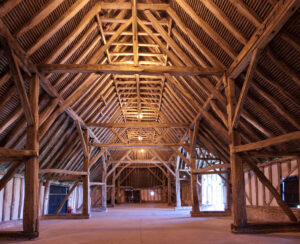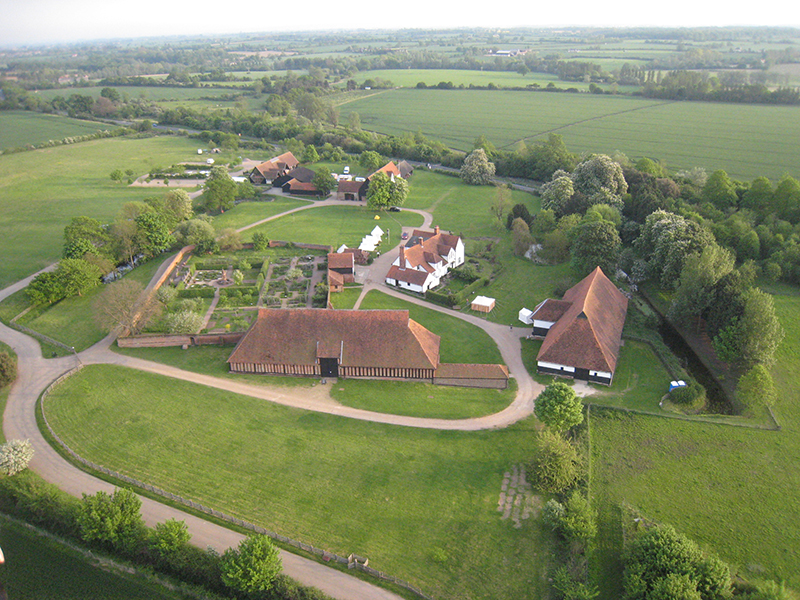The Knights Templars were efficient land-owners. However, when their land was confiscated after 1308, new managers took over, who exploited the land and the work-force , reducing it to a ruinous state.
Landed estates of the Knights Templar in England and Wales and their management in the early fourteenth century
By Philip Slavin, School of History, University of Kent, Canterbury.
IN: Journal of Historical Geography, Volume 42, October 2013, Pages 36–49
ABSTRACT:
The Knights Templars were a 12th century military order of monks, whose stated purpose was to protect travellers to the Holy Land. This they financed with great acumen through moneylending and business enterprises.
However, contrary to their widespread reputation as urban financiers and money-lenders, the Templars were also wealthy manorial landlords, with land-holdings spread all over England on the eve of their suppression.
The present paper looks at the main contours and strategies of agricultural management of the landed estates of the Knights Templar in 1308, before the King expropriated their wealth; but it also explores the managerial changes undertaken by the royal keepers between 1308 and 1314.

It appears that their total landholdings amounted to the single largest estate in the entire country, and one of the most important producers of wool and dairy products. Sheer wealth, however, came at the expense of various managerial difficulties, which prevented the demesnes from being administered efficient.
When Edward II confiscated the Templar demesnes, their management was entrusted to his keepers. A close analysis of the available evidence suggests that while the new managers did their best to increase the immediate cash profits from the former Templar demesnes by adjusting their structures and patterns to the annually changing economic reality, they also committed a long-term waste of the estate. By shifting focus from a balanced production of grain, dairy-products and meat, towards a focus on land-cultivation, the soil became exhausted from lack of manure. At the same time it is apparent that the new managers exploited the workforce by abolishing any form of poor-relief. Also former household servants were given notice. “When the Knights Hospitallers received most ex-Templar demesnes in the 1320s and early 1330s, the former were undoubtedly in a ruinous state”, writes Philip Slavin.
The article is not only interesting to read because of the insight, it provides in the manorial Templar economy in the beginning of the 14th century; but also because it presents a number of very interesting tables with calculations of input and output like for instance the annual crop disposal on the desmesnes 1308 -1314: how much was sampled, sown, sold, used at the manor, fed to animals or given to the workers on the estate, who worked the land. This no more than 12.3 % of the harvest was distributed to the peasants out of a crop, where a little less than one third to half the yield had to be put aside for next year’s seed. All in all, not a very impressive performance.
FEATURED PHOTO:
Cressing Temple was the first rural estate granted to the Templars in 1137. It became one of the largest estates held by the Templars. After the suppression an inventory was made, describing a large number of buildings, including a bakes-house, larder, dairy, brewery, granary, pantry, kitchen, chapel, and smithy. Today, the only surviving elements of this large and bustling agricultural estate are two barns and a stone well. However, the site provides a fascinating tour of a landed desmesne around 1300.
